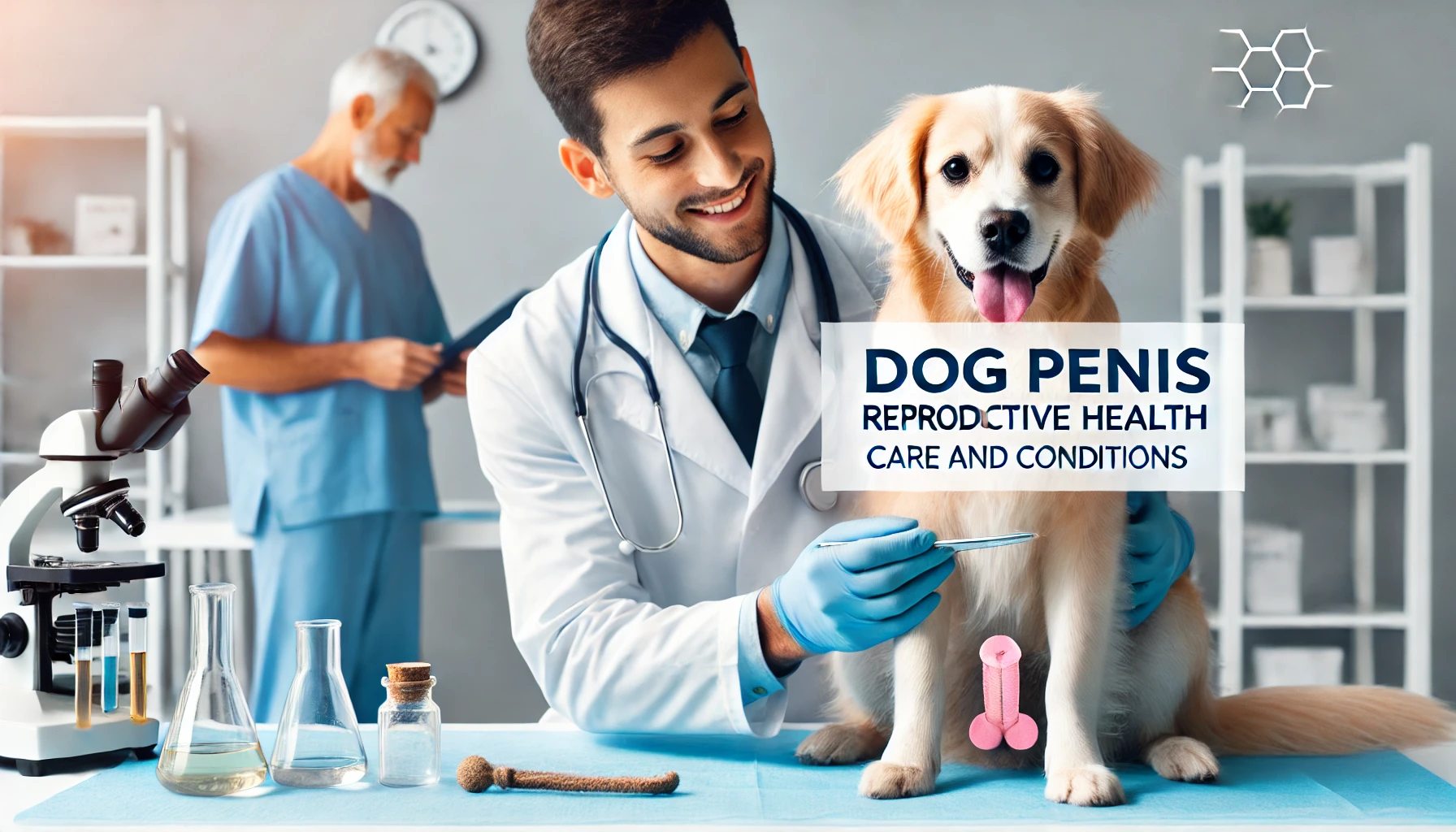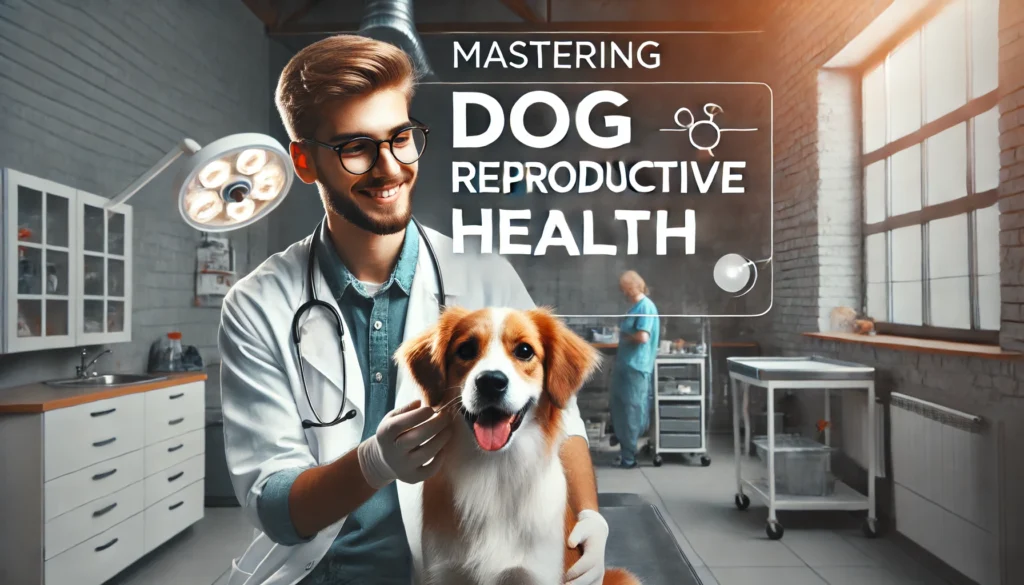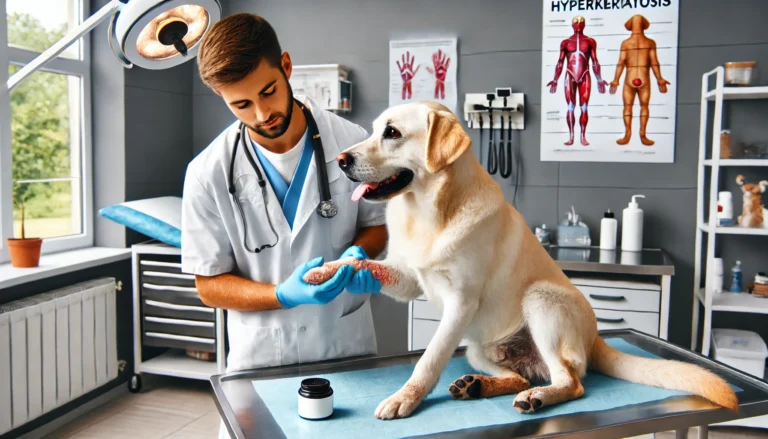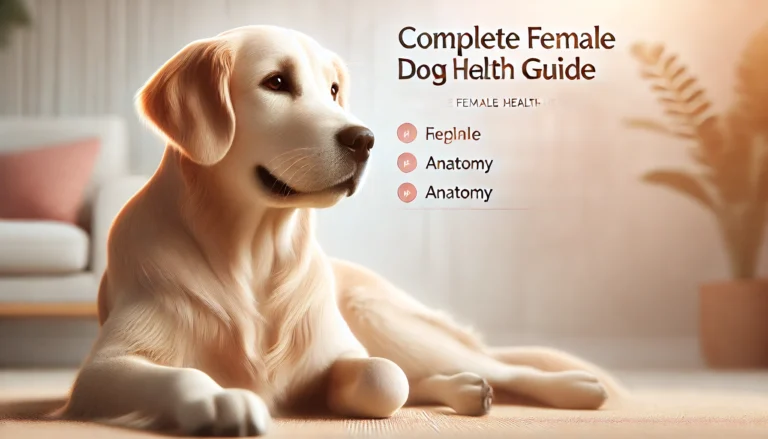Fantastic facts of dog Penis

Crazy things about the dog penis
Understanding the anatomy and health of a dog’s penis is crucial for maintaining their overall well-being. This detailed guide will cover everything you need to know about a dog’s reproductive anatomy, including common health issues and care practices.

Anatomy of a Dog’s Penis
1. Basic Structure dog Penis
- Penile Bone (Os Penis): Dogs have a bone in their penis, which helps maintain stiffness during mating.
- Bulbus Glandis: Located at the base of the penis, this erectile tissue swells during copulation, helping to form a copulatory tie which ensures successful mating.
2. Prepuce: The sheath that covers and protects the penis when not erect.
Common Conditions
Understanding and identifying common penile health issues can lead to quicker interventions and better outcomes.
1. Infections and Inflammations
- Balanoposthitis: An inflammation of the penis and prepuce often caused by infections or dirt accumulation.
- Smegma: A normal secretion that can build up and sometimes lead to infections if not cleaned regularly. Signs of excessive smegma or infection might include a foul smell or visible pus.
2. Physiological Phenomena of dog Penis
- Erections and ‘Red Rockets’: It’s normal for dogs to have erections and expose their penis (‘red rocket’). However, prolonged erections (priapism), or inability to retract the penis (paraphimosis), require veterinary attention.
3. Discharges and Bleeding in dog Penis
- Normal vs. Abnormal Discharges: Clear to slightly cloudy discharge can be normal, especially in intact males. However, yellow, green, or bloody discharges are concerning and typically indicate infection or injury.
- Bleeding: If your dog is bleeding from his penis or has blood in his urine, it could indicate a urinary tract infection, trauma, or more serious conditions like tumors.
Treatment and Care of dog Penis
Effective care and timely treatment can prevent many complications associated with a dog’s penis.
1. Regular Cleaning of dog Penis
- Why It’s Important: Regular cleaning helps prevent the buildup of smegma and other debris that can cause infections.
- How to Clean: Gently clean the penis and prepuce with warm water or a vet-approved cleaner. Be gentle to avoid causing irritation.
2. Watch for Abnormal Signs of dog Penis
- What to Look For: Swelling, persistent erection, inability to retract the penis, foul-smelling discharge, or blood are all signs that something is wrong.
- When to See a Vet: If you notice any of these signs, it’s crucial to consult a veterinarian promptly to determine the cause and appropriate treatment.
Preventive Measures of dog Penis
1. Diet and Hydration for dog Penis
- Hydration: Ensuring your dog is well-hydrated is essential for maintaining healthy urinary and reproductive systems.
- Nutrition: A balanced diet helps support the immune system, reducing the risk of infections.
2. Regular Vet Visits
- Check-ups: Regular veterinary check-ups can help catch issues before they become serious, especially in older dogs or breeds prone to specific reproductive conditions.
3. Neutering
- Benefits: Neutering can prevent certain types of infections and cancers, particularly those related to the reproductive system, and is often recommended unless breeding is intended.
Mating and Breeding of dog Penis
1. Understanding Mating Behaviors
- The ‘Tie’: The bulbus glandis swelling during mating is normal and should not be interrupted, as it plays a crucial role in successful breeding.
2. Breeding Ethics
- Responsible Breeding: Only breed dogs that are healthy and have been cleared of inheritable conditions. Understand and respect the mating process to prevent injuries and infections.
Do you know?
Constipation in dogs is a common but distressing condition that can significantly affect their wellbeing.
Conclusion
Caring for a dog involves understanding all aspects of their health, including their reproductive anatomy. Regular care, monitoring for signs of illness, and consulting with a vet for unusual symptoms are all crucial steps in ensuring the health and well-being of your canine friend. With the right knowledge and care, you can manage and prevent many of the common issues associated with a dog’s penis, contributing to a healthier, happier life for your pet.
Why is my male dog’s private area swollen and red?
This could be due to infections, allergies, injuries, or inflammation. It’s important to consult a veterinarian to determine the cause and appropriate treatment.
Why is my dog’s red rocket out?
A dog’s penis (red rocket) might be visible due to arousal, excitement, or a medical issue such as paraphimosis, where the penis cannot retract into the sheath.
How long does a male dog stay erect?
The duration of an erection in dogs can vary, but during mating, it can last from a few minutes up to an hour during the tie stage.
Do dogs release sperm?
Yes, male dogs release sperm during ejaculation, which occurs during mating to fertilize the female’s eggs.
Can dog sperm enter a human egg?
No, dog sperm cannot fertilize a human egg due to significant biological differences between the species.
Do female dogs enjoy mating?
It’s difficult to attribute human emotions like enjoyment to animal behaviors. Mating is a natural biological process driven by hormones.
Are dogs attracted to female humans?
Dogs do not experience sexual attraction to humans. Any attention given is likely due to bonding, social interaction, and the care provided by humans.
Is mating healthy for dogs?
Mating is a natural process; however, frequent breeding without proper health considerations can lead to complications. Responsible breeding practices are important for the health of both the male and female dogs.
How long is a female dog in heat?
A female dog is typically in heat for about 2-4 weeks, with the estrus stage (when she is receptive to mating) lasting about 5-10 days.
How long is a dog pregnant?
The average gestation period for dogs is approximately 63 days, though it can vary by a few days depending on the breed and number of puppies.
When can dogs get pregnant?
Female dogs can become pregnant during their estrus cycle, which is part of their heat period. This typically begins when they are about six months old but can vary depending on the breed and individual dog.


